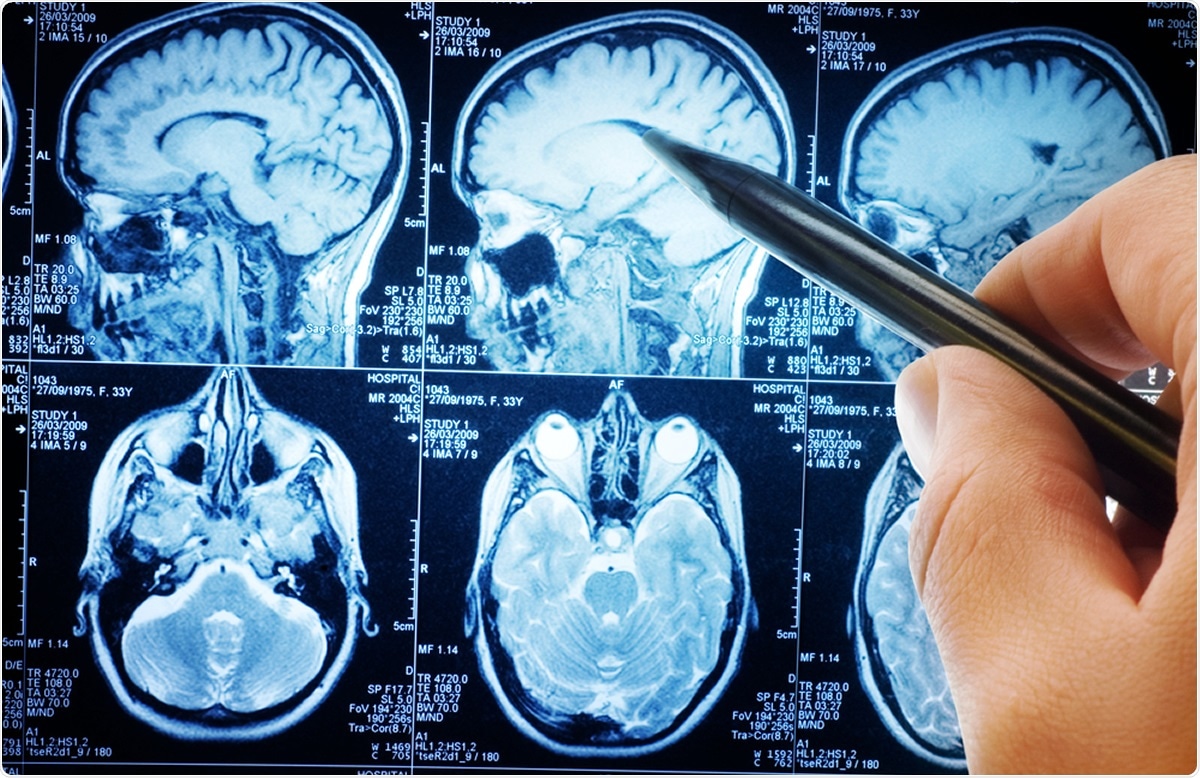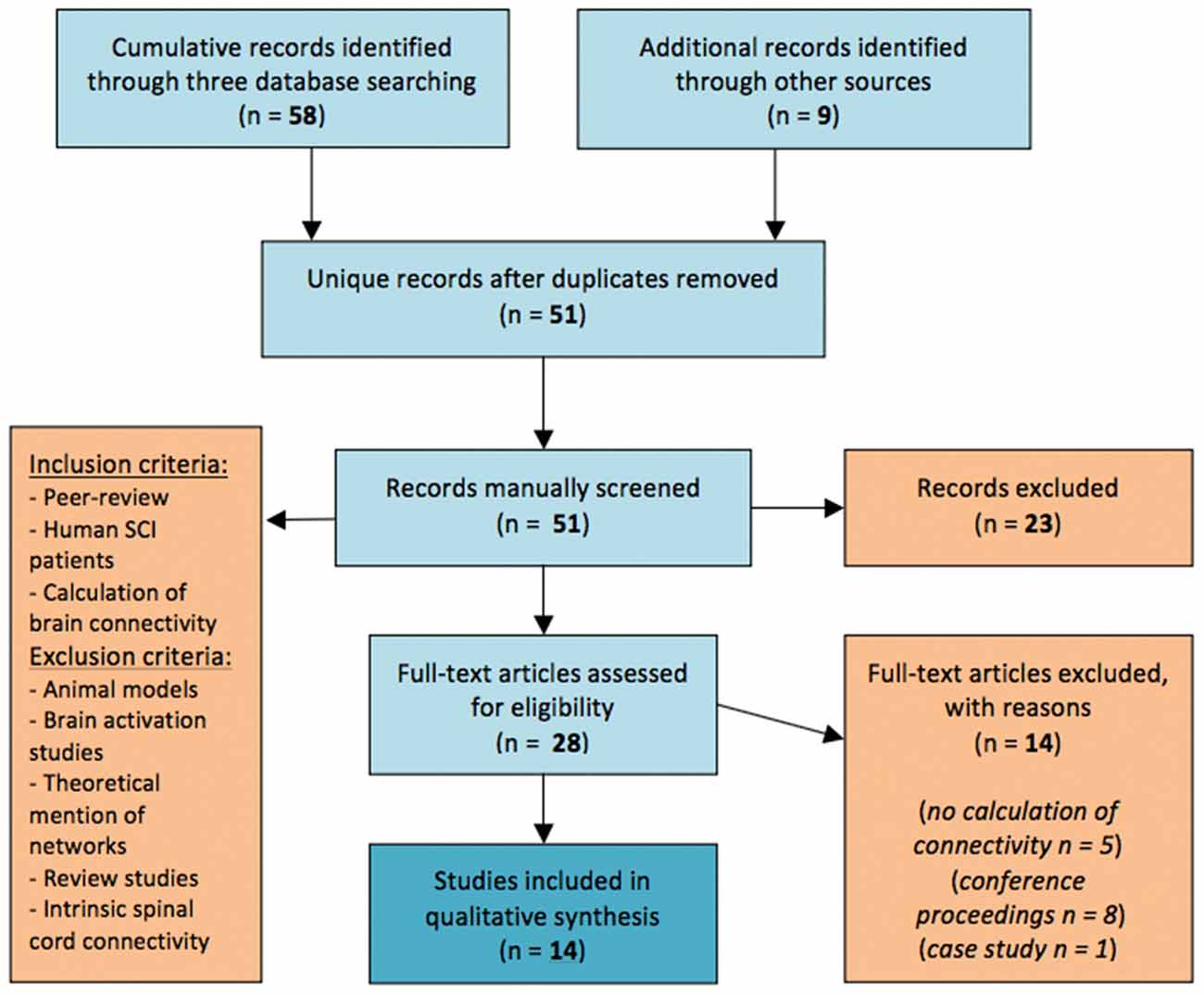

In the rest of this paper, we assume that if an EEG BCI system is combined with another physiological signal (e.g., EMG) based system, a hybrid BCI system will be constructed.Īlthough different BCI methods can be combined, it should be noted that not all combinations of different brain imaging methods are feasible and possible. However, one can debate if this type of system should be defined as hybrid BCI. It is also possible to combine one BCI system with another system which is not BCI-based, for example, combining a BCI system with an electromyogram (EMG)-based system. In a hybrid BCI, two types of BCI systems can be combined. To utilize the advantages of different types of BCIs, different approaches are combined, called hybrid BCIs. Each BCI type has its own shortcoming and disadvantages. In this case, BCI systems are categorized based on the brain activity patterns such as event-related desynchronization/synchronization (ERD/ERS), steady-state visual evoked potentials (SSVEPs), P300 component of event related potentials (ERPs), and slow cortical potentials (SCPs). However, EEG signals are considered as the input in most BCI systems. Brain activity can be monitored using different approaches such as standard scalp-recording electroencephalogram (EEG), magnetoencephalogram (MEG), functional magnetic resonance imaging (fMRI), electrocorticogram (ECoG), and near infrared spectroscopy (NIRS). IntroductionĪ brain-computer interface (BCI) system can provide a communication method to convey brain messages independent from the brain’s normal output pathway. In this paper, after introducing several types of BCIs and their combinations, we review and discuss hybrid BCIs, different possibilities to combine them, and their advantages and disadvantages. However, the type of BCIs and their combinations should be considered carefully. In addition, hybrid BCIs may create more applications and possibly increase the accuracy and the information transfer rate. This type of BCI, called hybrid BCI, may reduce disadvantages of each conventional BCI system. A new approach to create a more reliable BCI that takes advantage of each system is to combine two or more BCI systems with different brain activity patterns or different input signal sources. However, conventional BCIs have not become totally applicable, due to the lack of high accuracy, reliability, low information transfer rate, and user acceptability. Research teams have studied features of different data acquisition techniques, brain activity patterns, feature extraction techniques, methods of classifications, and many other aspects of a BCI system.

To enjoy this type of audio, headphones are necessary, since the surround sound effect cannot be appreciated with loudspeakers.Increasing number of research activities and different types of studies in brain-computer interface (BCI) systems show potential in this young research area.


Something that is not so, since the sound always comes from the headphones. To achieve this, this system only needs two audio channels through which an acoustic signal is distributed that tricks the brain into thinking that it is experiencing a 360º sound sensation. Unlike the common way of listening to music with headphones, with 8D sound, the feeling is that you are passing near a concert, the sound of which reaches one ear before the other depending on where you are. When you listen to a song in 8D, the sound seems to be coming from different points at different times, and this gives you a totally different, dynamic, and impressive feeling when you experience it for the first time. 8D music is based on holophonic technology developed by Argentinian Hugo Zuccarelli, who has collaborated with big stars of the music world such as Pink Floyd. 8D music or 8D sound is a type of sound that produces an immersive sound experience that gives the impression of coming from several directions and offers a great sense of immersion to the listener.


 0 kommentar(er)
0 kommentar(er)
